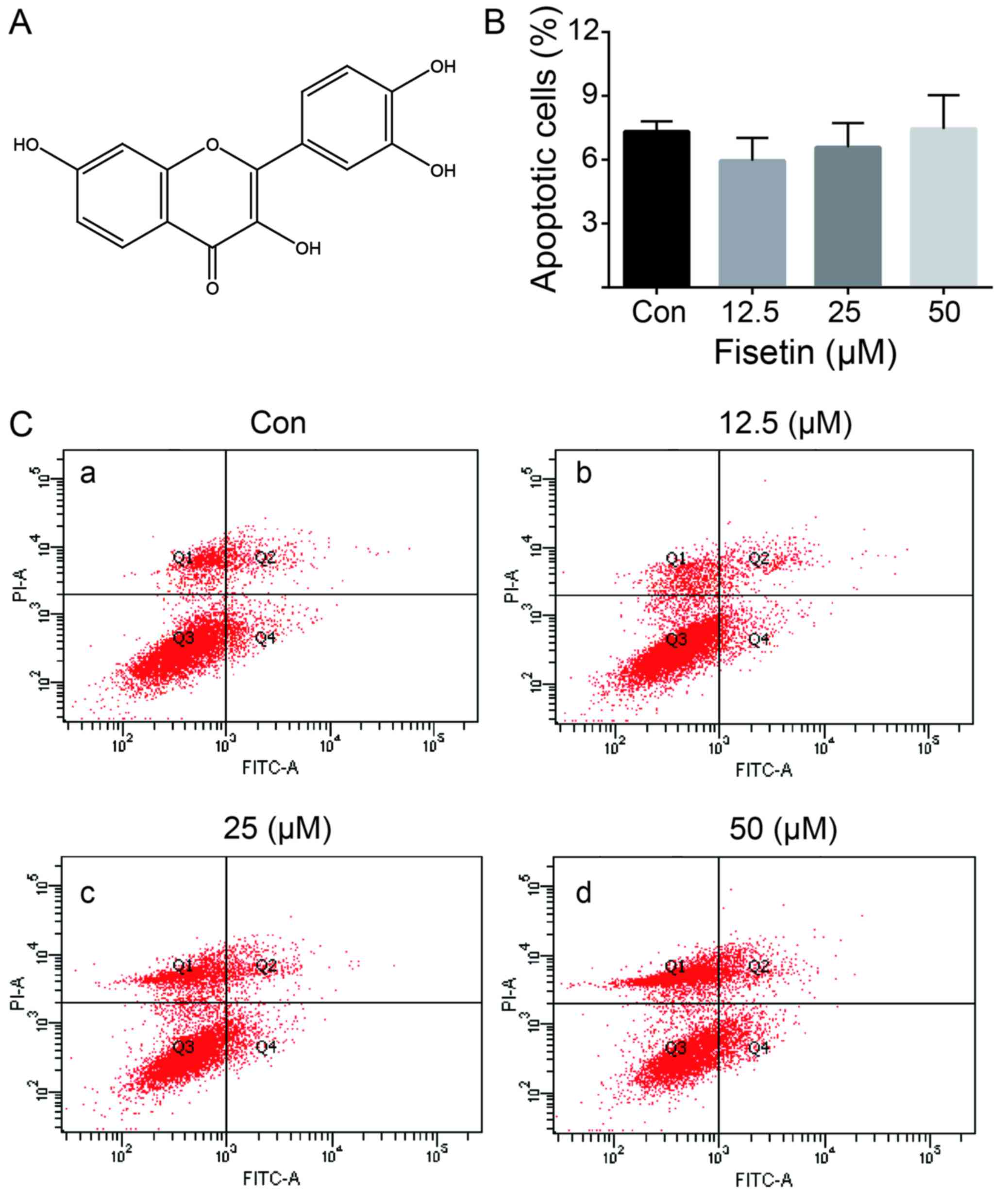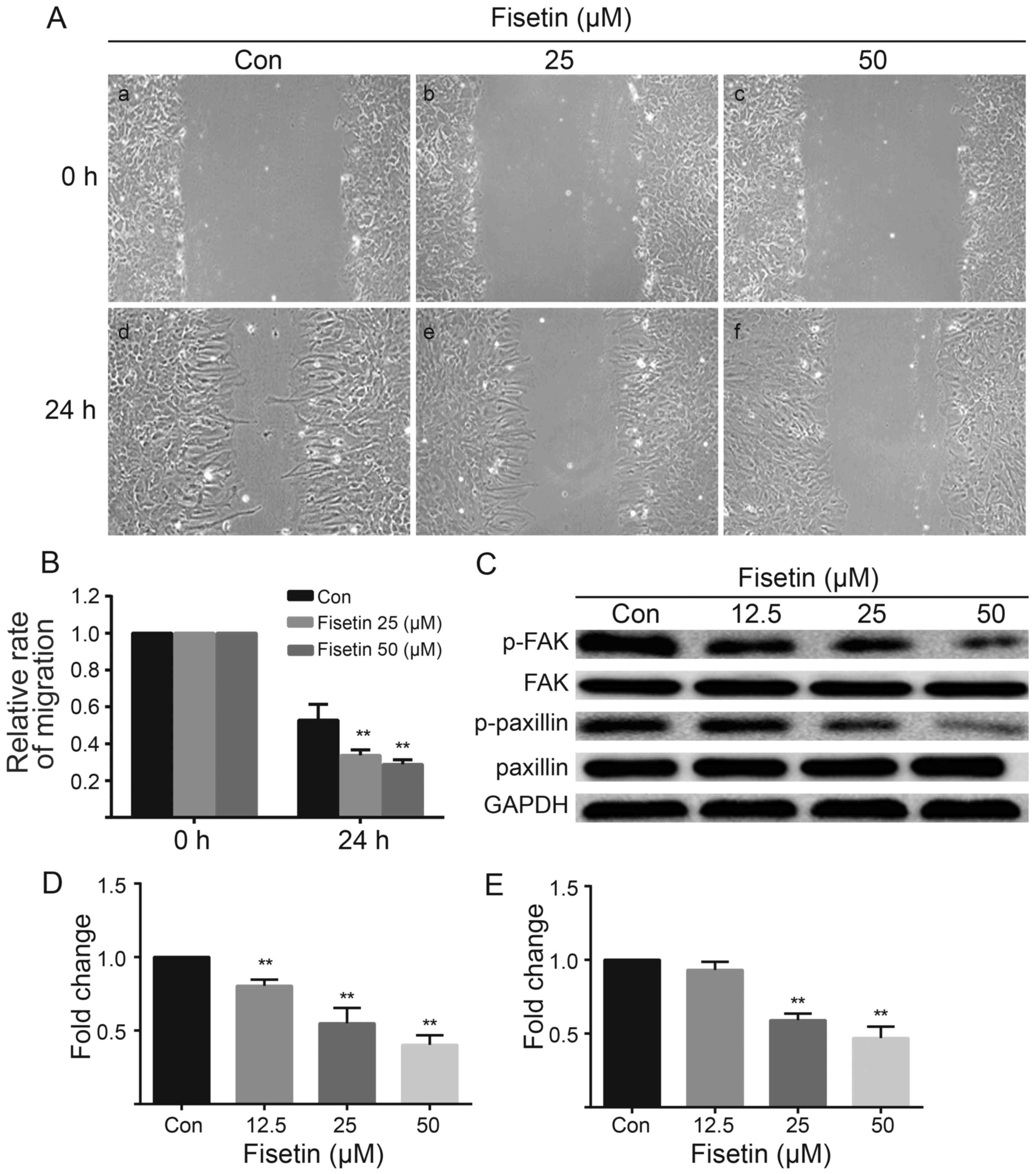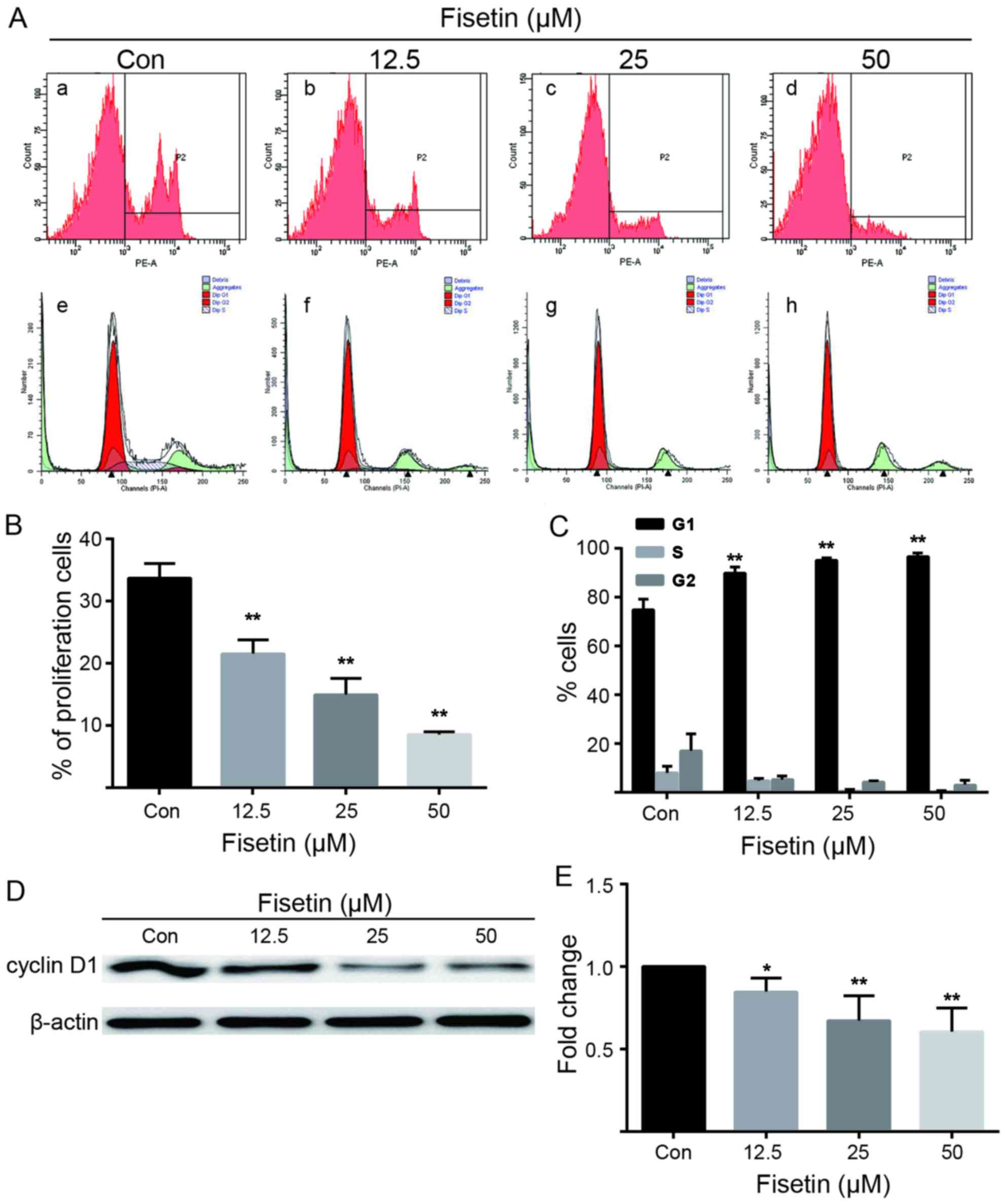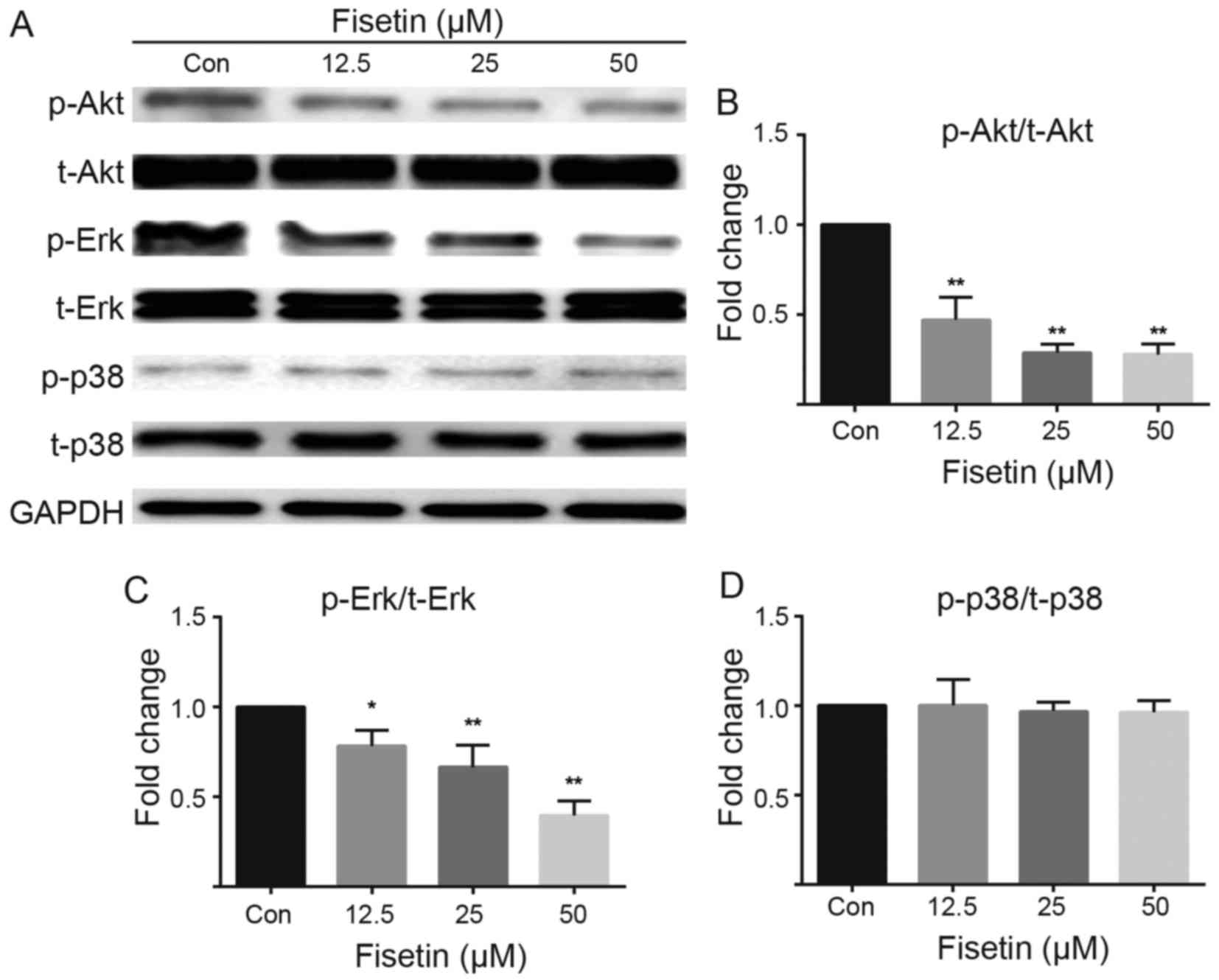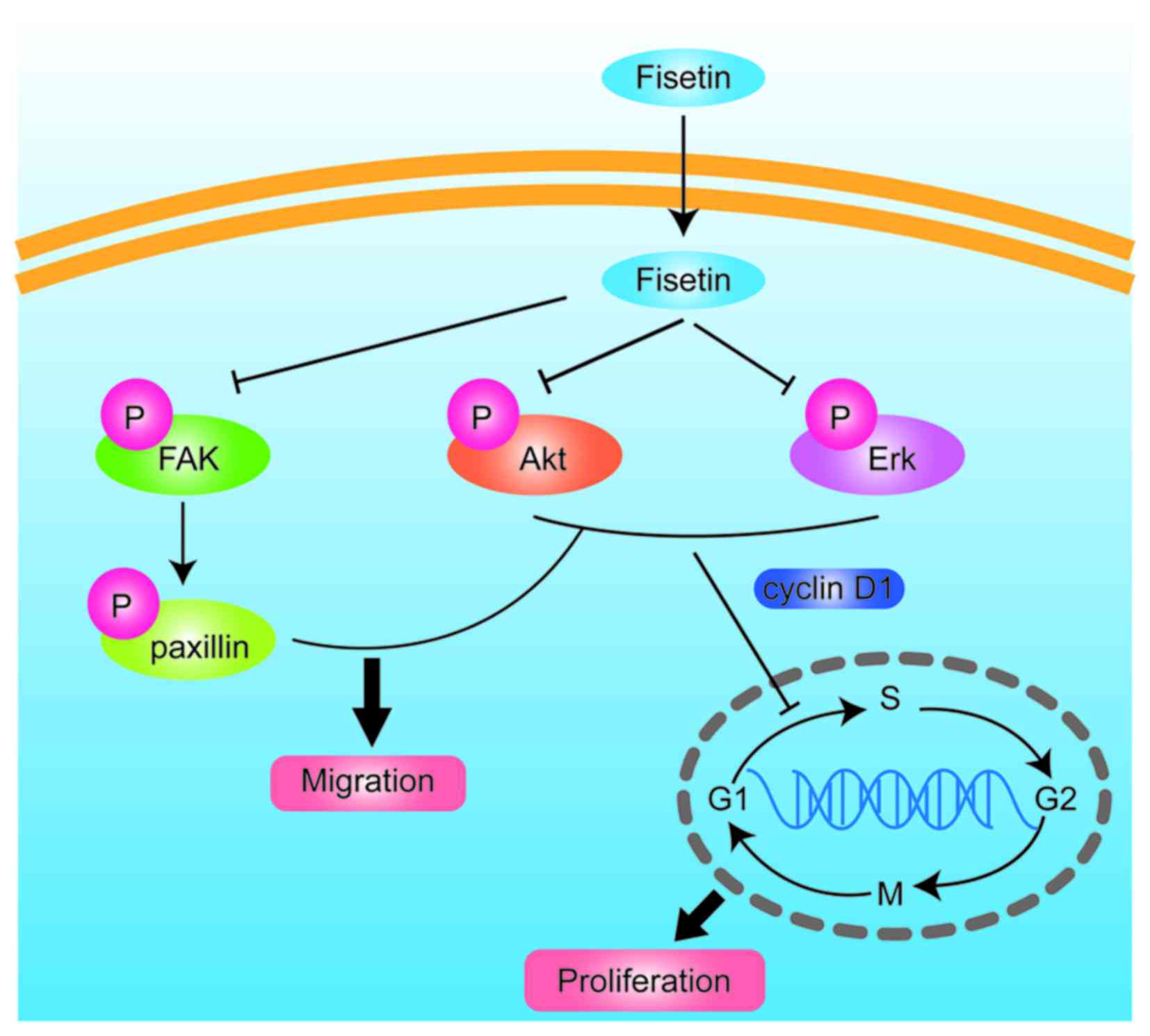|
1
|
Yang Q, Wang EY, Huang XJ, Qu WS, Zhang L,
Xu JZ, Wang W and Tian DS: Blocking epidermal growth factor
receptor attenuates reactive astrogliosis through inhibiting cell
cycle progression and protects against ischemic brain injury in
rats. J Neurochem. 119:644–653. 2011. View Article : Google Scholar : PubMed/NCBI
|
|
2
|
Binder DK and Steinhäuser C: Functional
changes in astroglial cells in epilepsy. Glia. 54:358–368. 2006.
View Article : Google Scholar : PubMed/NCBI
|
|
3
|
Fuller S, Münch G and Steele M: Activated
astrocytes: a therapeutic target in Alzheimer's disease? Expert Rev
Neurother. 9:1585–1594. 2009. View Article : Google Scholar : PubMed/NCBI
|
|
4
|
Holley JE, Gveric D, Newcombe J, Cuzner ML
and Gutowski NJ: Astrocyte characterization in the multiple
sclerosis glial scar. Neuropathol Appl Neurobiol. 29:434–444. 2003.
View Article : Google Scholar : PubMed/NCBI
|
|
5
|
Sofroniew MV: Reactive astrocytes in
neural repair and protection. Neuroscientist. 11:400–407. 2005.
View Article : Google Scholar : PubMed/NCBI
|
|
6
|
Li CY, Li X, Liu SF, Qu WS, Wang W and
Tian DS: Inhibition of mTOR pathway restrains astrocyte
proliferation, migration and production of inflammatory mediators
after oxygen-glucose deprivation and reoxygenation. Neurochem Int.
83–84:9–18. 2015. View Article : Google Scholar
|
|
7
|
Wang YF, Zu JN, Li J, Chen C, Xi CY and
Yan JL: Curcumin promotes the spinal cord repair via inhibition of
glial scar formation and inflammation. Neurosci Lett. 560:51–56.
2014. View Article : Google Scholar
|
|
8
|
Adhami VM, Syed DN, Khan N and Mukhtar H:
Dietary flavonoid fisetin: a novel dual inhibitor of PI3K/Akt and
mTOR for prostate cancer management. Biochem Pharmacol.
84:1277–1281. 2012. View Article : Google Scholar : PubMed/NCBI
|
|
9
|
Prakash D, Gopinath K and Sudhandiran G:
Fisetin enhances behavioral performances and attenuates reactive
gliosis and inflammation during aluminum chloride-induced
neurotoxicity. Neuromolecular Med. 15:192–208. 2013. View Article : Google Scholar : PubMed/NCBI
|
|
10
|
Chuang JY, Chang PC, Shen YC, Lin C, Tsai
CF, Chen JH, Yeh WL, Wu LH, Lin HY, Liu YS and Lu DY: Regulatory
effects of fisetin on microglial activation. Molecules.
19:8820–8839. 2014. View Article : Google Scholar : PubMed/NCBI
|
|
11
|
Wu BY and Yu AC: Quercetin inhibits c-fos,
heat shock protein, and glial fibrillary acidic protein expression
in injured astrocytes. J Neurosci Res. 62:730–736. 2000. View Article : Google Scholar : PubMed/NCBI
|
|
12
|
Yuan Z, Yao F, Hu Z, Sun S and Wu B:
Quercetin inhibits the migration and proliferation of astrocytes in
wound healing. Neuroreport. 26:387–393. 2015. View Article : Google Scholar : PubMed/NCBI
|
|
13
|
Cory G: Scratch-wound assay. Methods Mol
Biol. 769:25–30. 2011. View Article : Google Scholar : PubMed/NCBI
|
|
14
|
Chen PY, Ho YR, Wu MJ, Huang SP, Chen PK,
Tai MH, Ho CT and Yen JH: Cytoprotective effects of fisetin against
hypoxia-induced cell death in PC12 cells. Food Funct. 6:287–296.
2015. View Article : Google Scholar
|
|
15
|
Maher P, Dargusch R, Bodai L, Gerard PE,
Purcell JM and Marsh JL: ERK activation by the polyphenols fisetin
and resveratrol provides neuroprotection in multiple models of
Huntington's disease. Hum Mol Genet. 20:261–270. 2011. View Article : Google Scholar
|
|
16
|
Chiang HM, Chan SY, Chu Y and Wen KC:
Fisetin ameliorated photodamage by suppressing the
mitogen-activated protein kinase/matrix metalloproteinase pathway
and nuclear factor-κB pathways. J Agric Food Chem. 63:4551–4560.
2015. View Article : Google Scholar : PubMed/NCBI
|
|
17
|
Lichtenstein MP, Carriba P, Baltrons MA,
Wojciak-Stothard B, Peterson JR, García A and Galea E:
Secretase-independent and RhoGTPase/PAK/ERK-dependent regulation of
cytoskeleton dynamics in astrocytes by NSAIDs and derivatives. J
Alzheimers Dis. 22:1135–1155. 2010.PubMed/NCBI
|
|
18
|
Mazzanti M, Sul JY and Haydon PG:
Glutamate on demand: astrocytes as a ready source. Neuroscientist.
7:396–405. 2001. View Article : Google Scholar : PubMed/NCBI
|
|
19
|
Pellerin L and Magistretti PJ:
Neuroenergetics: calling upon astrocytes to satisfy hungry neurons.
Neuroscientist. 10:53–62. 2004. View Article : Google Scholar : PubMed/NCBI
|
|
20
|
Yuan YM and He C: The glial scar in spinal
cord injury and repair. Neurosci Bull. 29:421–435. 2013. View Article : Google Scholar : PubMed/NCBI
|
|
21
|
Rolls A, Shechter R and Schwartz M: The
bright side of the glial scar in CNS repair. Nat Rev Neurosci.
10:235–241. 2009. View
Article : Google Scholar : PubMed/NCBI
|
|
22
|
Silver J and Miller JH: Regeneration
beyond the glial scar. Nat Rev Neurosci. 5:146–156. 2004.
View Article : Google Scholar : PubMed/NCBI
|
|
23
|
Sofroniew MV: Molecular dissection of
reactive astrogliosis and glial scar formation. Trends Neurosci.
32:638–647. 2009. View Article : Google Scholar : PubMed/NCBI
|
|
24
|
Wang CX and Shuaib A: Involvement of
inflammatory cytokines in central nervous system injury. Prog
Neurobiol. 67:161–172. 2002. View Article : Google Scholar : PubMed/NCBI
|
|
25
|
Chen CM, Hsieh YH, Hwang JM, Jan HJ, Hsieh
SC, Lin SH and Lai CY: Fisetin suppresses ADAM9 expression and
inhibits invasion of glioma cancer cells through increased
phosphorylation of ERK1/2. Tumour Biol. 36:3407–3415. 2014.
View Article : Google Scholar : PubMed/NCBI
|
|
26
|
Currais A, Prior M, Dargusch R, Armando A,
Ehren J, Schubert D, Quehenberger O and Maher P: Modulation of P25
and inflammatory pathways by fisetin maintains cognitive function
in Alzheimer's disease transgenic mice. Aging Cell. 13:379–390.
2014. View Article : Google Scholar
|
|
27
|
Schaller MD, Hildebrand JD, Shannon JD,
Fox JW, Vines RR and Parsons JT: Autophosphorylation of the focal
adhesion kinase, pp125FAK, directs SH2-dependent binding of P60s
rc. Mol Cell Biol. 14:1680–1688. 1994. View Article : Google Scholar : PubMed/NCBI
|
|
28
|
Lim Y, Lim ST, Tomar A, Gardel M,
Bernard-Trifilo JA, Chen XL, Uryu SA, Canete-Soler R, Zhai J, Lin
H, et al: PyK2 and FAK connections to p190Rho guanine nucleotide
exchange factor regulate RhoA activity, focal adhesion formation,
and cell motility. J Cell Biol. 180:187–203. 2008. View Article : Google Scholar : PubMed/NCBI
|
|
29
|
Hu YL, Lu S, Szeto KW, Sun J, Wang Y,
Lasheras JC and Chien S: FAK and paxillin dynamics at focal
adhesions in the protrusions of migrating cells. Sci Rep.
4:60242014. View Article : Google Scholar : PubMed/NCBI
|
|
30
|
Deakin NO and Turner CE: Paxillin comes of
age. J Cell Sci. 121:2435–2444. 2008. View Article : Google Scholar : PubMed/NCBI
|
|
31
|
Syed DN, Suh Y, Afaq F and Mukhtar H:
Dietary agents for chemoprevention of prostate cancer. Cancer Lett.
265:167–176. 2008. View Article : Google Scholar : PubMed/NCBI
|
|
32
|
Khan N, Syed DN, Ahmad N and Mukhtar H:
Fisetin: a dietary antioxidant for health promotion. Antioxid Redox
Signal. 19:151–162. 2013. View Article : Google Scholar :
|
|
33
|
Salmela AL, Pouwels J, Varis A, Kukkonen
AM, Toivonen P, Halonen PK, Perälä M, Kallioniemi O, Gorbsky GJ and
Kallio MJ: Dietary flavonoid fisetin induces a forced exit from
mitosis by targeting the mitotic spindle checkpoint.
Carcinogenesis. 30:1032–1040. 2009. View Article : Google Scholar :
|
|
34
|
Kim EK and Choi EJ: Pathological roles of
MAPK signaling pathways in human diseases. Biochim Biophys Acta.
1802:396–405. 2010. View Article : Google Scholar : PubMed/NCBI
|
|
35
|
Engelman JA: Targeting PI3K signalling in
cancer: opportunities, challenges and limitations. Nat Rev Cancer.
9:550–562. 2009. View
Article : Google Scholar : PubMed/NCBI
|
|
36
|
Barbakadze T, Natsvlishvili N and
Mikeladze D: Thyroid hormones differentially regulate
phosphorylation of ERK and Akt via integrin αvβ3 receptor in
undifferentiated and differentiated PC-12 cells. Cell Biochem
Funct. 32:282–286. 2014. View
Article : Google Scholar
|
|
37
|
Liu Y, Zhang S, Su D, Liu J, Cheng Y, Zou
L, Li W and Jiang Y: Inhibiting (pro)renin receptor-mediated P38
MAPK signaling decreases hypoxia/reoxygenation-induced apoptosis in
H9c2 cells. Mol Cell Biochem. 403:267–276. 2015. View Article : Google Scholar : PubMed/NCBI
|



